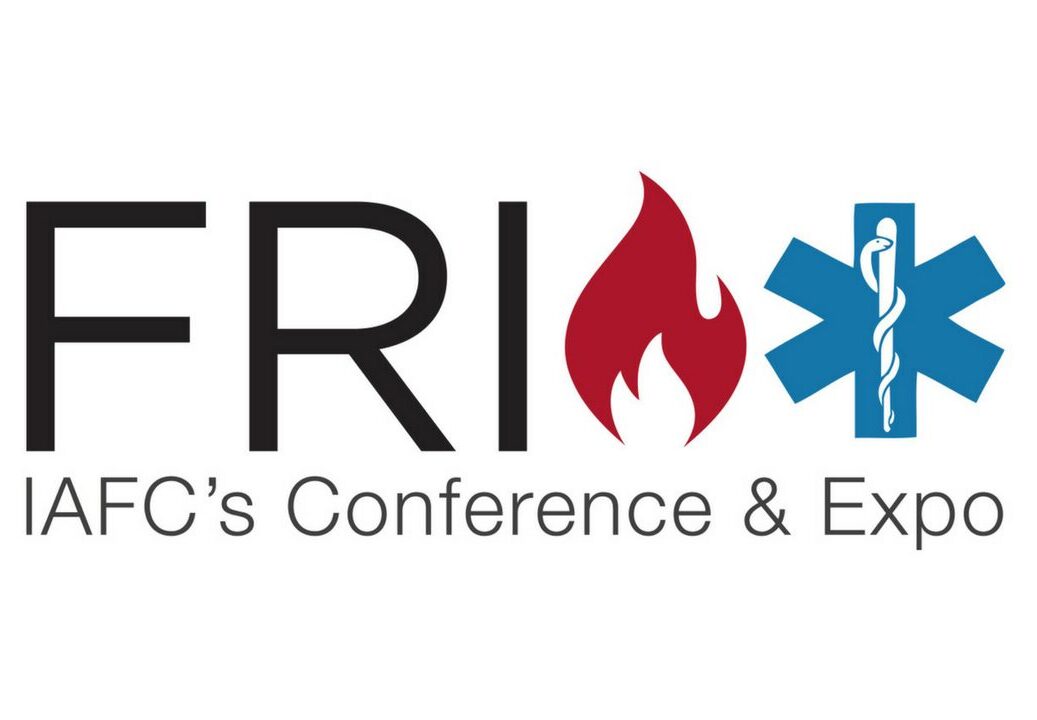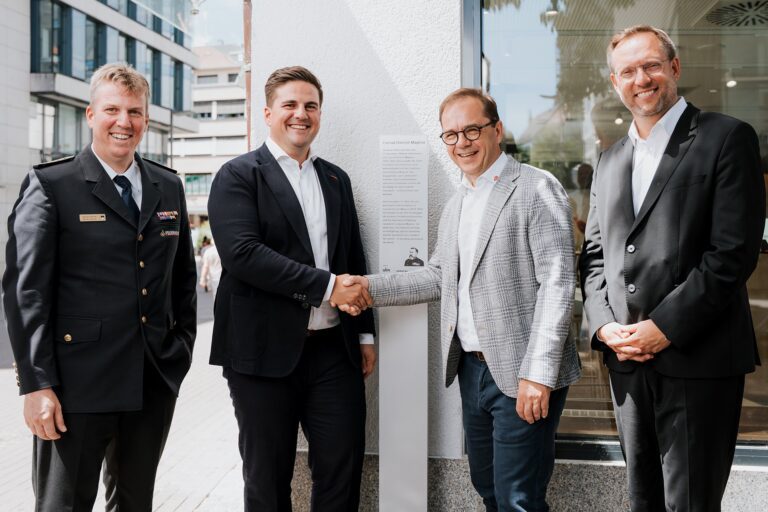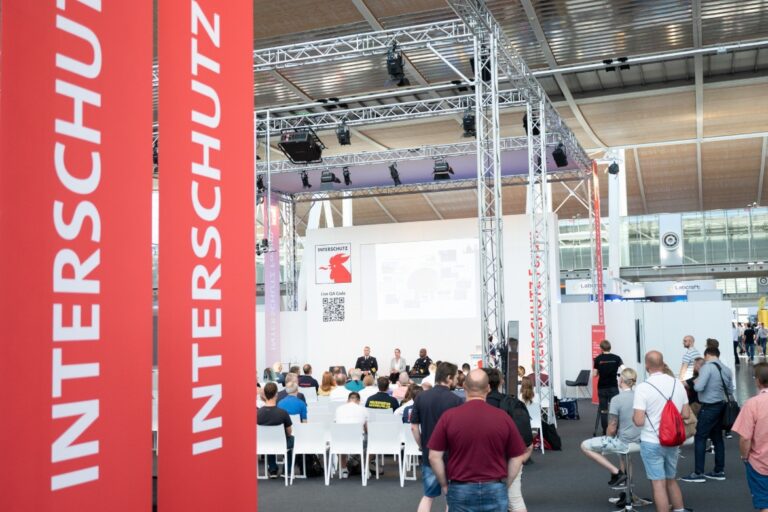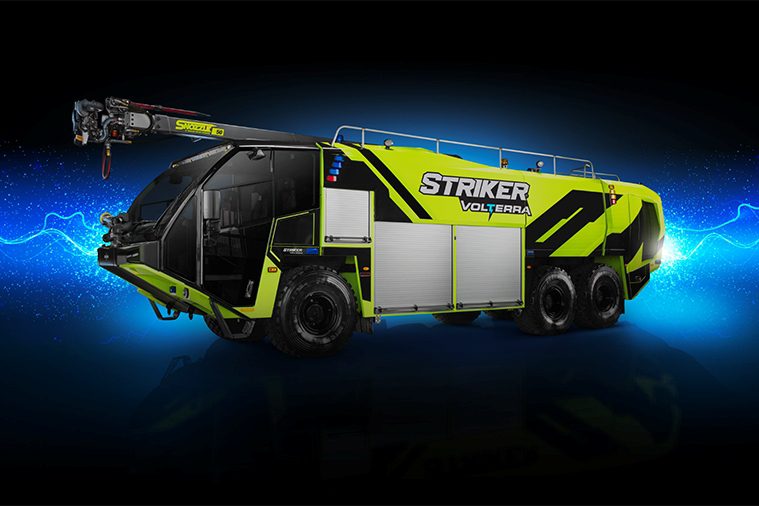Apollo Fire Detectors’ Discovery® range of fire products were chosen by fire alarm specialist Static Systems Group and leading construction and development company, Skanska, to provide life and property protection at the new premises of The Royal London Hospital.
The Royal London Hospital has been at its current location on the south side of Whitechapel Road, Whitechapel, since 1757. Part of Barts Health NHS Trust, the hospital provides district general hospital services for the City and Tower Hamlets and specialist tertiary care services for patients from across London and further afield.
Phase 1 construction work at The Royal London Hospital, part of the £1.1billion redevelopment which also includes St Bartholomew’s Hospital in the City of London, took place over five years and opened in January 2012. The Royal London Hospital is now the largest standalone acute hospital building in Europe. It encompasses London’s leading trauma and emergency care centre, one of Europe’s largest renal services and the capital’s second largest paediatric service.
The hospital’s new premises consist of three interconnecting tower blocks – two of 17 storeys and one 10 storeys. At the top of one of the 17 storey blocks is a purpose built roof area for the hospital’s helipad. It is from here that the helicopter emergency medical service, HEMS – London’s only helicopter ambulance service – operates. The hospital’s new building incorporates Maternity, Renal and Outpatient departments (Imaging, Therapy, Cardiac, Lung Function, Day Surgeries, etc.), Accident & Emergency and CSD (Central Sterilising Department). There are also 746 beds arranged over approximately 26 wards and 26 operating theatres. At peak times there are approximately 7,000 occupants within the hospital’s building and grounds, including patients, staff and visitors.
Skanska are appointed as the main contractor on this PFI project on behalf of Capital Hospitals Ltd and Barts Health NHS Trust. Skanska selected alarm and systems communications provider, Static Systems Group, to design, supply, and install the highly complex fire system for the new hospital.
Static Systems, who already had vast experience of working with Apollo Fire Detectors and its industry-leading fire detection solutions, recommended Apollo as the best solutions provider for the project. Prior to making their decision, a team from Skanska visited Apollo’s headquarters in Havant, Hampshire, to interview Apollo’s technical specialists about the company’s products and services.
Malcolm Snarey, senior project manager at Skanska, explains: “We took the opportunity to really find out whether Apollo’s products would meet the stringent requirements demanded in complex healthcare environments. Apollo showed us around their test facilities and explained the rigorous testing procedures and standards they adhere to, which gave us reassurance that they would be an ideal partner for this project. It was also important for Skanska to find an open protocol solution to safeguard against any potential issues in the future”.
“We had to demonstrate to our client that the system we put in place would meet British Standards (BS5839-1:2002), as well as the requirements set by the Hospital Technical Memorandum 82 (HTM 82) and those of the Local District Surveyor (Section 20, Building Regulations). The solution offered by Static Systems and Apollo was able to meet all of these requirements.”
In total, more than 10,000 Discovery units are installed throughout The Royal London Hospital’s new building, including c. 5,000 Multisensor Detectors, c. 150 Heat Detectors and c. 1,500 Manual Call Points. The fire system consists of 37 main fire alarm panels with over 180 loops, 17 repeater panels and two Master Inter-ringing Units (MIUs). These are monitored and managed by 2 Central Indicating Equipment PC’s, one in the Fire Command Centre for occupation and use by attending Fire Officers and one in the 24/7 Building Management Office.
The system, which monitors more than 500 zones, also includes c. 3,500 input and output units. These units interface with automatic fire dampers, access controlled doors, sprinkler flow and anti tamper valves, lifts, Motor Control Centres (MCCs), and initiates, via Fire-fighter’s control switches, smoke extract and purge fans. As required by the HTM’s, in the case of a fire, the building is evacuated on a phased basis.
Malcolm concludes: “This was a major construction project for Skanska, demolishing 19 existing buildings to make room for the new hospital. It was essential for us to choose partners that would provide us world-class, future-proofed fire detection solutions. Static Systems and Apollo did just this. Their true partnership approach was evident time and time again throughout the planning and construction process, as well as post-installation. Both companies consistently demonstrated their commitment to ensuring that the system we put in place met both our own and our client’s stringent requirements.”




































